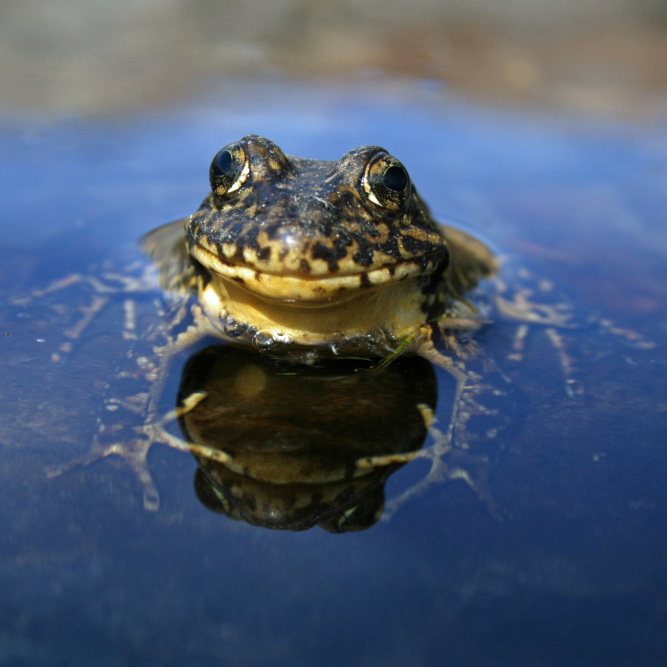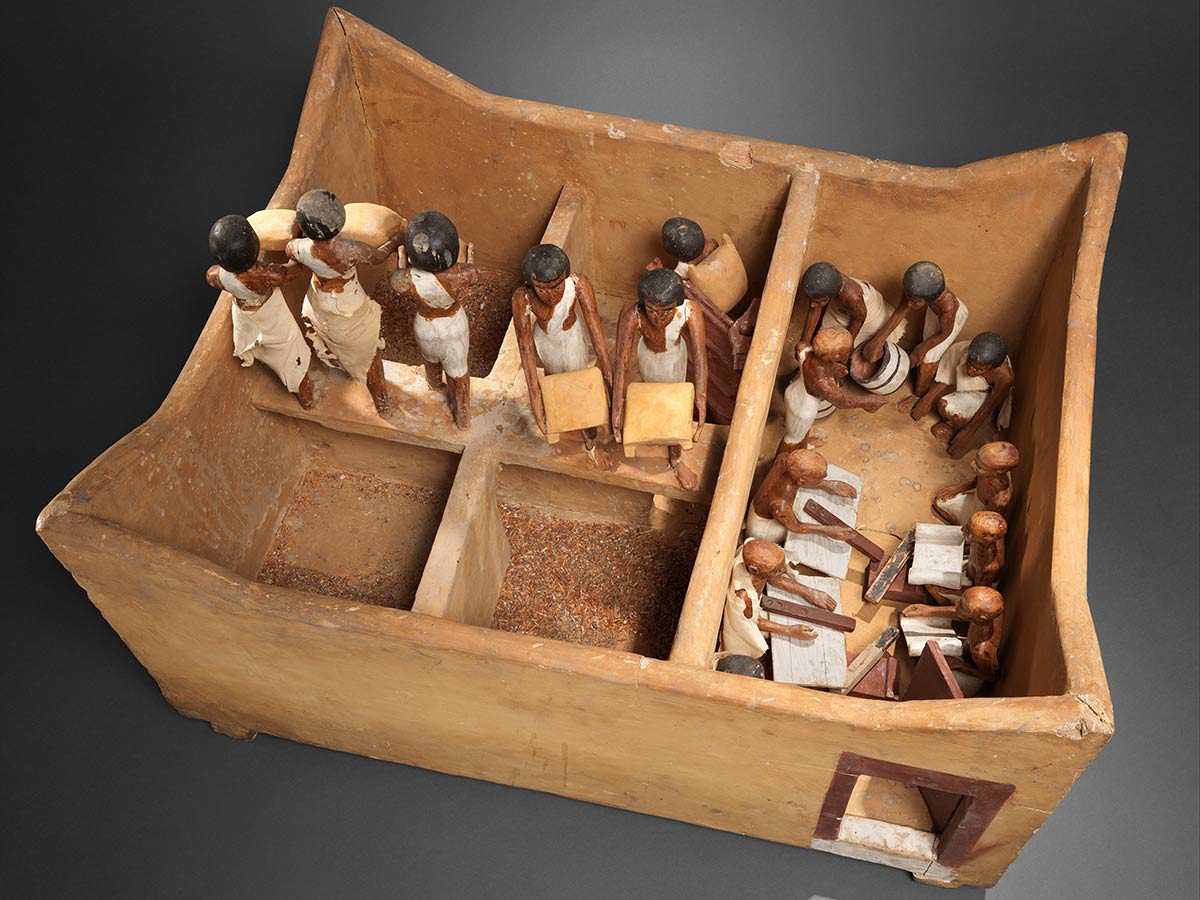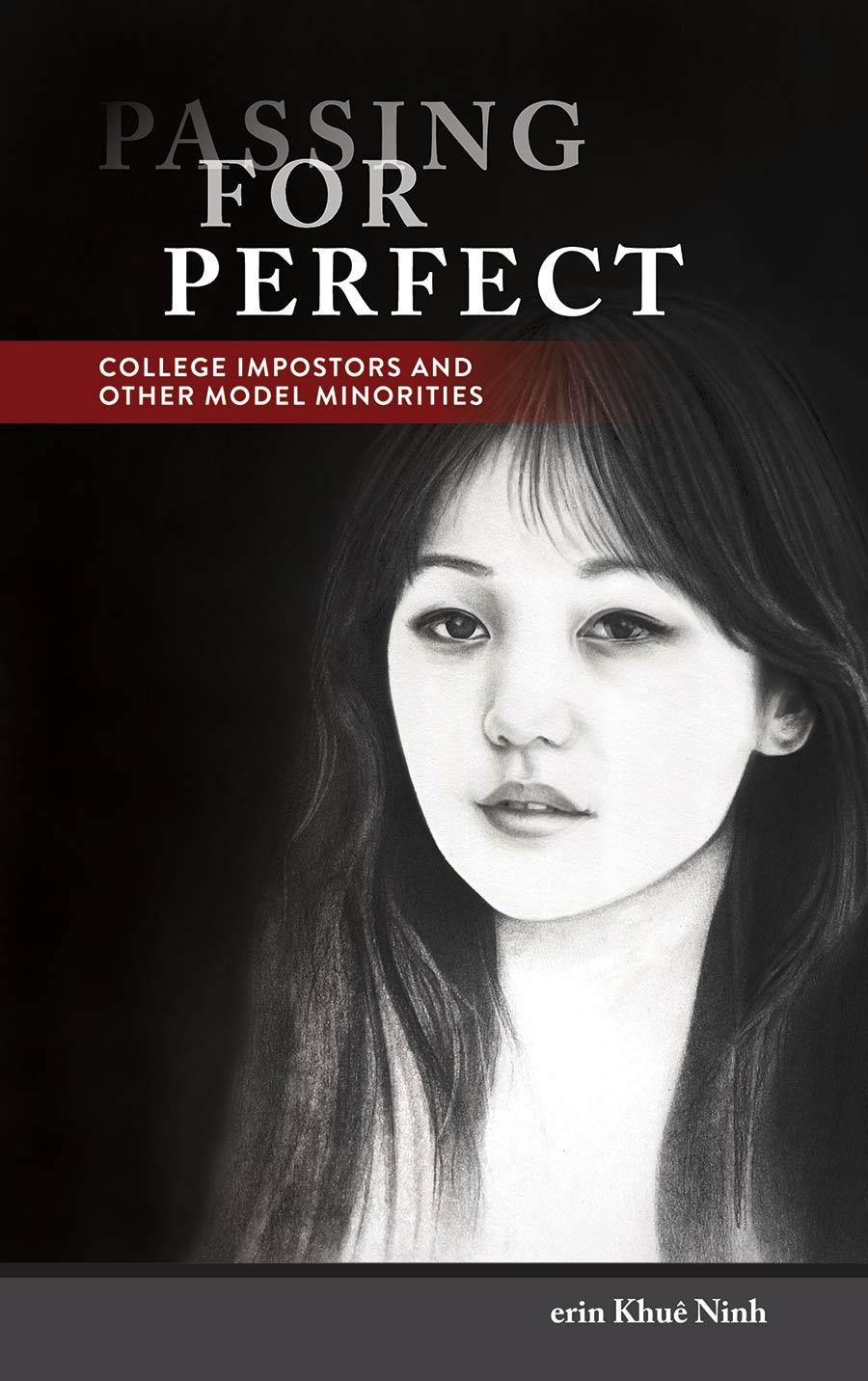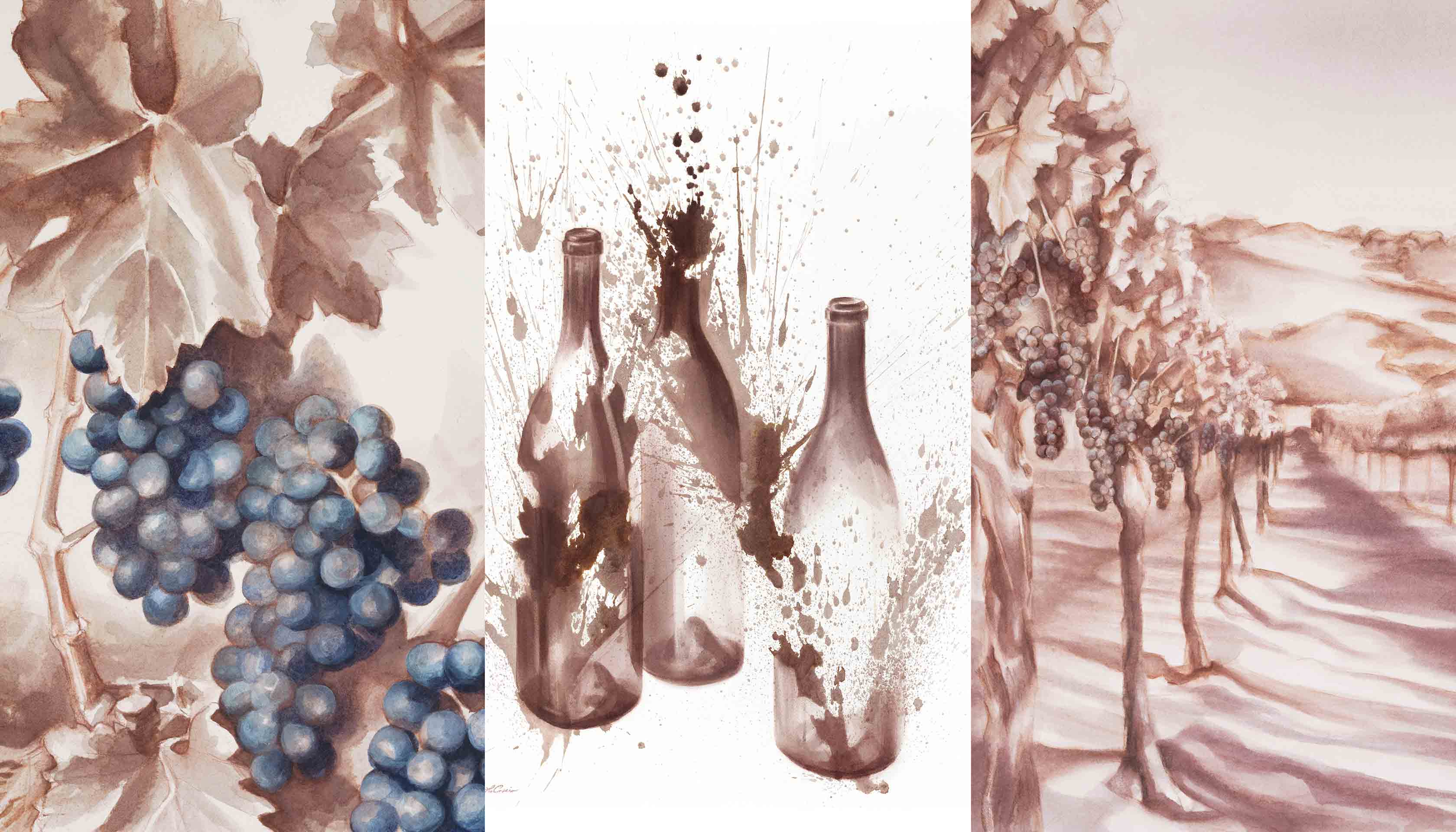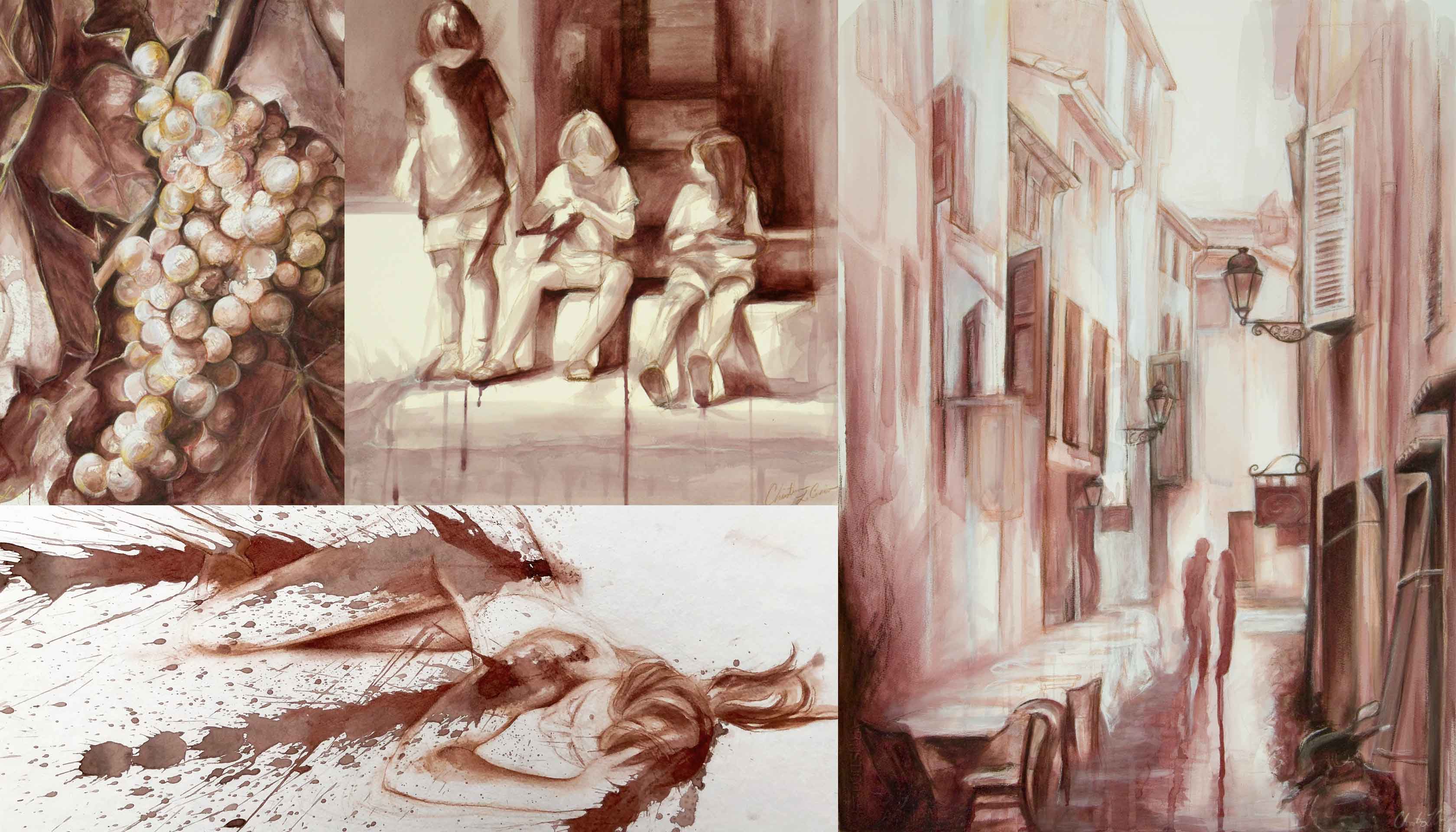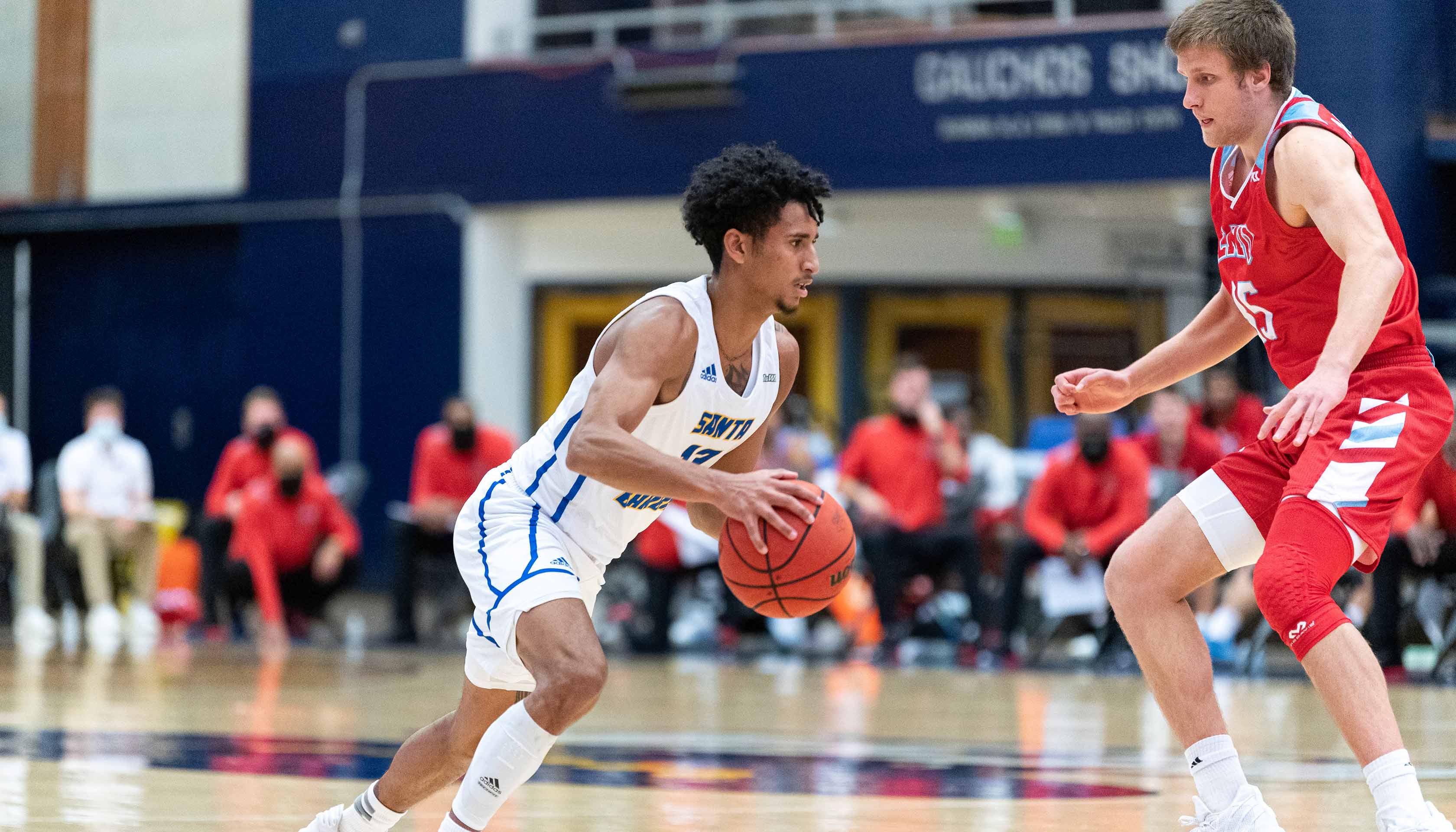Is Planetary Defense PI in the Sky
In February of 2013, sky watchers around the world turned their attention toward asteroid 2012 DA14, a cosmic rock about 150 feet (50 meters) in diameter that was going to fly closer to Earth than the spacecraft that bring us satellite TV.
Little did they realize that another bit of celestial debris was hurtling toward Earth, with a more direct heading. On February 15, 2013, the Chelyabinsk meteor, a roughly 62-foot-diameter asteroid exploded over the city of Chelyabinsk, Russia, as it entered Earth’s atmosphere at a shallow angle.
“It turned out that two completely independent asteroids were coming by that day,” says physics professor Philip Lubin, and one of the many scientists anticipating 2012 DA14’s near-Earth rendezvous. “One of them we knew was going to miss the Earth. The other one, we didn’t even know it was coming.”
Strategies for planetary defense have progressed from research into better methods for understanding the threats, to efforts to deflect potential hazards and change their orbits, including a strategy developed by Lubin’s group, which proposed the use of lasers to push threatening objects out of Earth’s way.
In two papers on the topic of terminal planetary defense submitted to the journal Advances in Space Research, accompanied by an opinion piece published in Scientific American, Lubin and co-researcher Alexander Cohen lay out a more proactive method for dealing with dangerous extraterrestrial space debris. The project is called PI, an acronym for Pulverize It.
Learn more about this new method for planetary defense

